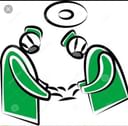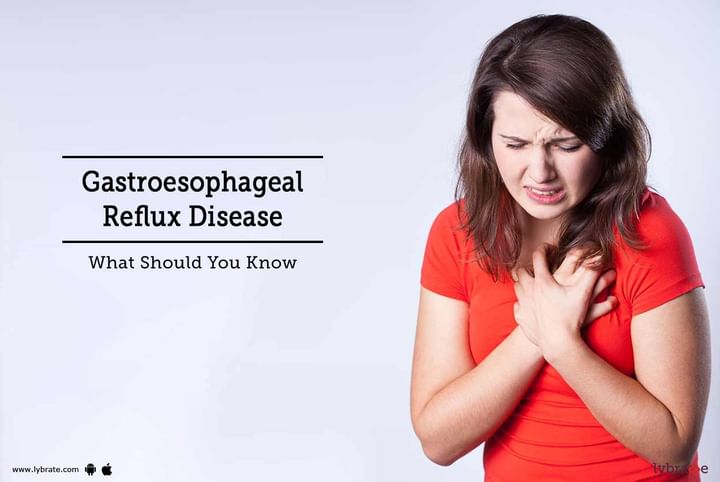Gastroesophageal Reflux Disease - What Should You Know
Gastroesophageal reflux disease (GERD) is also called as acid reflux. It is a long-term digestive disorder that affects the lower esophageal sphincter, the ring of muscle between the esophagus and stomach which causes the stomach contents to come back up into the esophagus resulting in either symptoms or complications. Gastroesophageal reflux disease is mild acid reflux that occurs at least twice a week or moderate-to-severe acid reflux which occurs at least once a week.
Epidemiology
In western populations, GERD affects approximately 10% to 20% of the population and 0.4% newly develop the condition. In developed nations, the prevalence rate of GERD is associated with age; with adults aged 60 to 70 being the most commonly affected.
Signs and Symptoms
Esophageal symptoms include:
- Heartburn
- Regurgitation of food or sour liquid
- Dysphagia
- Sensation of a lump in the throat
Extraesophageal symptoms include:
- Coughing and/or wheezing
- Hoarseness, sore throat, or laryngitis
- Otitis media
- Noncardiac chest pain
- Enamel erosion or other dental manifestations
- New or worsening asthma
- Disrupted sleep
Risk Factors
- Obesity
- Pregnancy
- Hiatus hernia
- Scleroderma and systemic sclerosis
- The use of medicines such as prednisolone
- Delayed stomach emptying Zollinger-Ellison syndrome which can show an increase in gastric acidity because of gastrin production
- A high blood calcium level which can increase gastrin production, leading to increased acidity
- Visceroptosis or Glénard syndrome, in which the stomach has sunk in the abdomen upsetting the motility and acid secretion of the stomach.
Factors that can increase acid reflux involve:
- Smoking habit
- Eating heavy meals or eating late at night
- Eating fatty or fried foods
- Drinking certain beverages, such as alcohol or coffee
- Medications, such as aspirin
- Tight clothes
- Increased intra-abdominal pressure
Differential Diagnosis
- Heart disease causing chest pain
- Laryngopharyngeal reflux OR extraesophageal reflux disease
- Infection
- Peptic ulcer
- Esophageal spasm
Complications
- Narrowing of the esophagus (esophageal stricture): Stomach acid causes the formation of a scar tissue which narrows the food pathway.
- An open sore in the esophagus (esophageal ulcer): Acid causes an open sore which bleeds, causes pain, and makes swallowing difficult.
- Precancerous changes in the esophagus (Barrett's esophagus): Damage from acid can cause changes in the tissue lining the lower esophagus
- Anemia
How to arrive at the diagnosis?
- Upper gastrointestinal endoscopy/esophagogastroduodenoscopy
- Esophageal manometry
- Ambulatory 24-hour pH monitoring
Treatment
The goals of treatment are controlling symptoms, healing esophagitis, and prevention of recurrent esophagitis or other complications.
Lifestyle modifications include the following:
- Losing weight (if overweight)
- Eating small and frequent meals instead of large meals
- Waiting 3 hours after a meal to lie down
- Elevating the head end of the bed by 8 inches
- Avoiding bending or stooping positions
Medications
- H2 receptor antagonists (ranitidine, cimetidine)
- Proton pump inhibitors (omeprazole, pantoprazole)
- Prokinetic agents (aluminum hydroxide)
- Antacids (magnesium hydroxide)
- Transthoracic and transabdominal fundoplication
- Placement of a device to augment the lower esophageal sphincter
In case you have a concern or query you can always consult an expert & get answers to your questions!



+1.svg)
